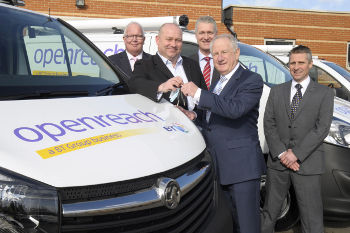 In a post yesterday, I highlighted the strong growth in UK van and truck manufacturing output this year. The number of units produced rose by 36.8% in April alone.
In a post yesterday, I highlighted the strong growth in UK van and truck manufacturing output this year. The number of units produced rose by 36.8% in April alone.
That’s all good news, but it’s useful to understand what lies beneath these figures. In this case, one of the key factors driving this year’s growth is the ramp-up in manufacturing of the new Vauxhall Vivaro, which is built at GM’s Luton plant.
Fleet uptake of the new model seems to be encouraging. One big customer, BT Fleet, has now taken delivery of 2,500 new Vivaros and 330 Corsavans, for use by its engineers nationwide.
That’s a big order — to put it into context, in total, including models built for export, 8,629 vans and trucks were built in the UK in April. There’s a good chance that a fair number of these are now wearing BT’s livery.
Vauxhall is a long-time supplier to the BT fleet, but it’s not the only marque the firm uses. Over the year, BT has also placed a 1,000 van order with Ford and an 1,800 van order with Fiat.
For those who are interested, the BT Vivaros are L1H1 2900 90PS (short wheelbase, low roof) models specified with BT’s custom racking in the rear.
As part of their engagement in this landmark fleet deal, the BT engineers were able to visit Vauxhall’s Luton Plant to see the Vivaro being made, and the plant also organised for the group to see the 500th van from their order.
MIke Langford, BT Fleet Senior Customer Relationship Manager, says that buying the British-built Vivaros offered a number of benefits:
“We had the previous Vivaro on our fleet for many years, and the new model makes absolute sense with outstanding whole life costs. The fact that it is built in Britain is an added bonus; it not only supports British jobs and industry but also provides a significant improvement in lead times and logistics.”
BT tends to run vans for around five years, I believe, as they don’t do huge mileages. However, they are very well maintained and often have a regular driver, making them attractive used buys when they do hit the market.

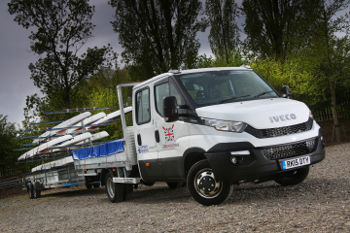


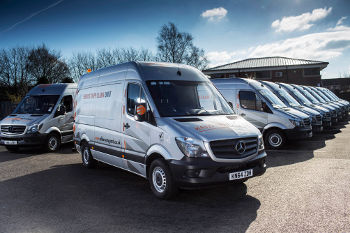 The Freight Transport Association’s Van Excellence scheme is akin to a scaled back version of rules and regulations under which heavy goods vehicle operators have to monitor and maintain their fleets.
The Freight Transport Association’s Van Excellence scheme is akin to a scaled back version of rules and regulations under which heavy goods vehicle operators have to monitor and maintain their fleets.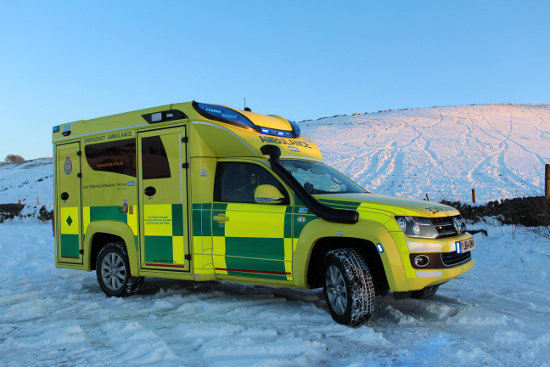
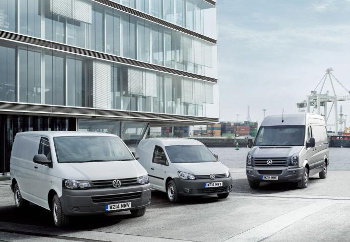 Volkswagen has launched a new telematics service targeting fleet customers across the UK.
Volkswagen has launched a new telematics service targeting fleet customers across the UK.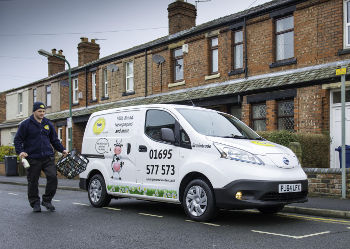 This is exciting — in fact I can’t find words to describe how big the opportunity is in the UK van market for electric vans.
This is exciting — in fact I can’t find words to describe how big the opportunity is in the UK van market for electric vans.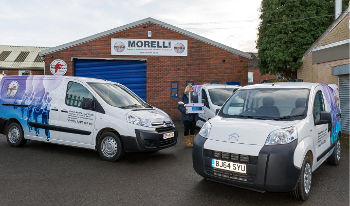 Hot on the heels of Citroën’s dominating performance in the
Hot on the heels of Citroën’s dominating performance in the 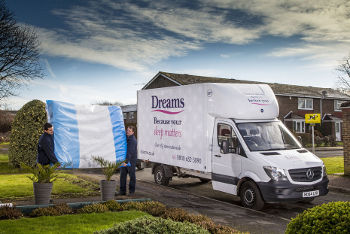 Most car owners I know, especially younger drivers, seem to get nervous if their cars are old enough to be out of warranty or have more than about 60,000 miles on the clock.
Most car owners I know, especially younger drivers, seem to get nervous if their cars are old enough to be out of warranty or have more than about 60,000 miles on the clock.